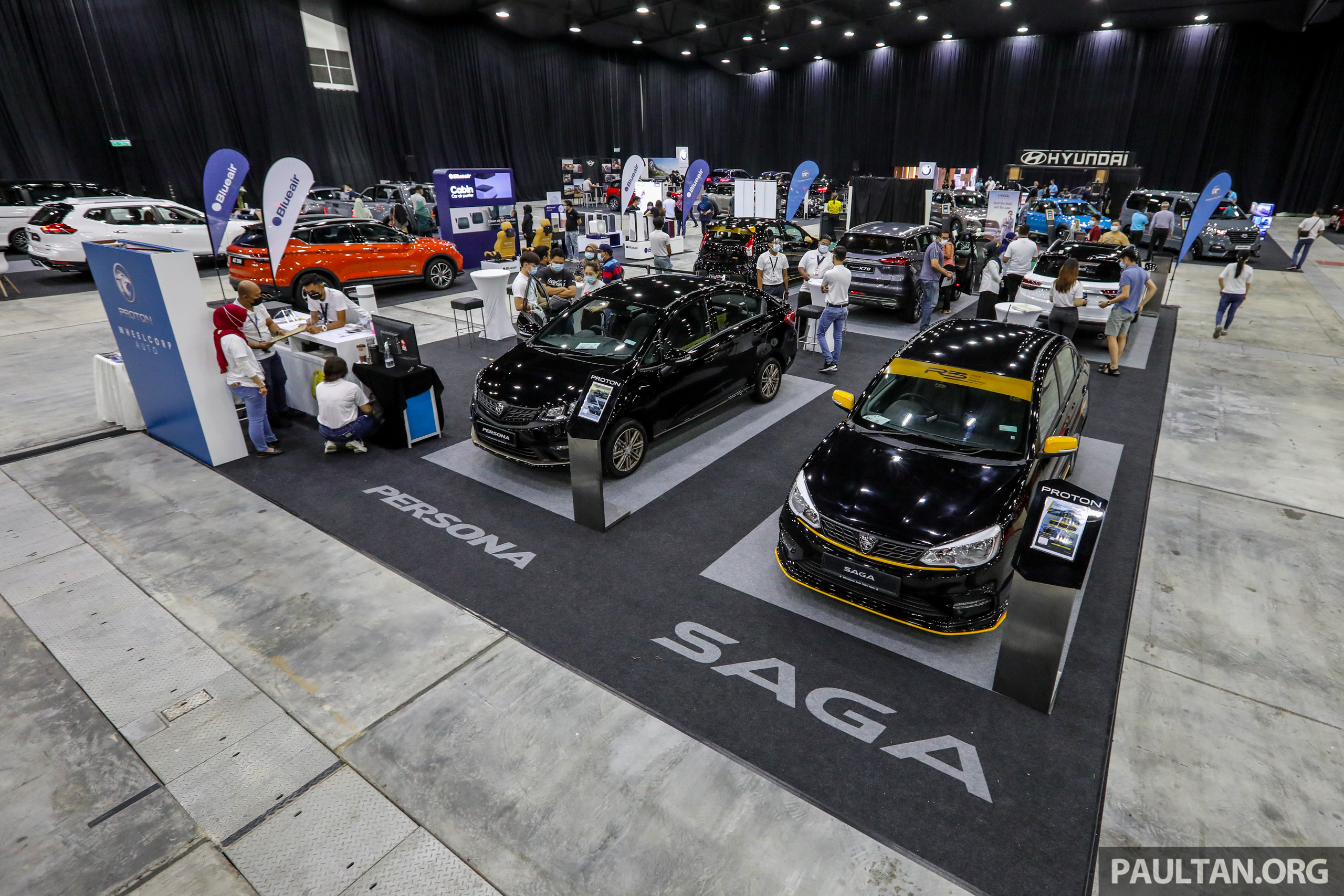Kenanga IB maintains 805k-unit TIV forecast for 2025 amidst OMV deferment, Perodua likely to benefit most
The government has deferred to January 2026 the implementation of the Excise (Determination of Value of Locally Manufactured Goods for the Purpose of Levying Excise Duty) Regulations 2019, or for brevity’s sake, OMV/402. Full explanation […] The post Kenanga IB maintains 805k-unit TIV forecast for 2025 amidst OMV deferment, Perodua likely to benefit most appeared first on Paul Tan's Automotive News.

The government has deferred to January 2026 the implementation of the Excise (Determination of Value of Locally Manufactured Goods for the Purpose of Levying Excise Duty) Regulations 2019, or for brevity’s sake, OMV/402.
Full explanation here, but this basically means that come January 2026, Malaysians could pay between 10% and 30% more for a locally-assembled (CKD) car. So anyone wanting a CKD car should look at getting it this year, and this forward buying interest is what’s supporting Kenanga Investment Bank’s decision to stick to its 805,000-unit total industry volume (TIV) forecast for this year, Bernama reports.
Notably, Kenanga IB stands out for being the only organisation so far to foresee more than 800,000 new cars to be sold in Malaysia this year – RHB Investment Bank predicts 730,000, Maybank Investment Bank Research 750,000, CIMB Securities 755,000 and the Malaysian Automotive Association 780,000. A record 816,747 new cars were sold in Malaysia last year, breaking 800k for the first time and beating 2023’s 799,821-unit record by 2.1%.
Kenanga IB said in a note today that Perodua, which holds 44% market share and has an all-CKD line-up with a high localisation rate, is likely to benefit the most, but the premium segment may be hit as upper-tier M40 and T15 groups may hold back from buying new cars, downsize to smaller cars or switch to hybrid and electric vehicles as targeted RON 95 petrol subsidies loom ahead.
“In general, the industry’s earnings visibility is still good, backed by a booking backlog of 150,000 units as of end-December 2024. More than half of the backlog is made up of new models, alluding to the appeal of new models to car buyers. This trend is likely to persist throughout 2025 given a strong line-up of new launches,” it said, adding that battery-electric vehicles could also prop up the numbers as it’s the last year for fully-imported (CBU) EVs to be tax-free.
“We expect more favourable incentives from the government, which has set a national target for EVs and hybrid vehicles of 20% of TIV by 2030 and 38% by 2040. Meanwhile, the government will speed up the approval for charging stations. The number of proposed charging stations is currently at 4,235 (3,354 built to date), and this should more than double to 10,000 by end-2025,” it said.
The post Kenanga IB maintains 805k-unit TIV forecast for 2025 amidst OMV deferment, Perodua likely to benefit most appeared first on Paul Tan's Automotive News.























.png)





















![‘Companion’ Ending Breakdown: Director Drew Hancock Tells All About the Film’s Showdown and Potential Sequel: ‘That’s the Future I Want for [Spoiler]’](https://variety.com/wp-content/uploads/2025/02/MCDCOMP_WB028.jpg?#)


























